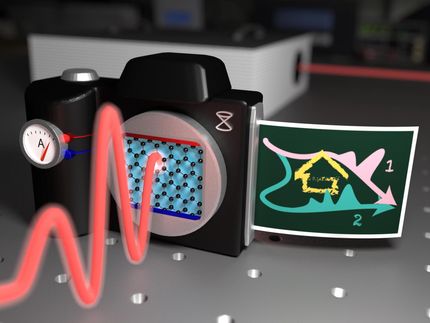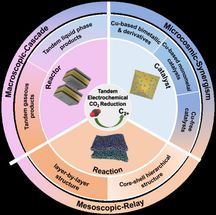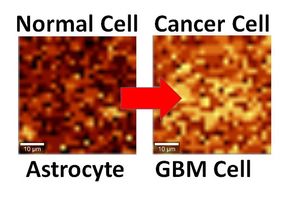Exciton fission – one photon in, two electrons out
Exciton fission could be extremely useful for high-efficiency photovoltaics
photovoltaics, the conversion of light to electricity, is a key technology for sustainable energy. Since the days of Max Planck and Albert Einstein, we know that light as well as electricity are quantized, meaning they come in tiny packets called photons and electrons. In a solar cell, the energy of a single photon is transferred to a single electron of the material, but no more than one. Only a few molecular materials like pentacene are an exception, where one photon is converted to two electrons instead. This excitation doubling, which is called exciton fission, could be extremely useful for high-efficiency photovoltaics, specifically to upgrade the dominant technology based on silicon. A team of researchers at the Fritz Haber Institute of the Max Planck Society, the Technical University of Berlin, and the Julius-Maximilians-Universität of Würzburg have now deciphered the first step of this process by recording an ultrafast movie of the photon-to-electricity conversion process, resolving a decades-old debate about the mechanism of the process.
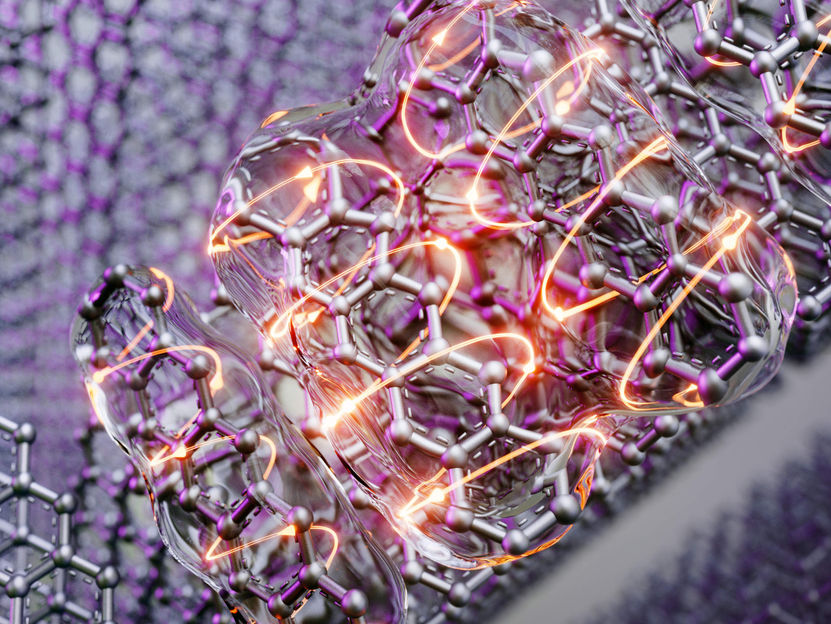
Emergence of the bitriplet exciton in crystalline pentacene.
TU Berlin
”When pentacene is excited by light, the electrons in the material rapidly react,” explains Prof. Ralph Ernstorfer, a senior author of the study. “It was an open and very disputed question whether a photon excites two electrons directly or initially one electron, which subsequently shares its energy with another electron.”
To unravel this mystery the researchers used time- and angle-resolved photoemission spectroscopy, a cutting-edge technique to observe the dynamics of electrons on the femtosecond time scale, which is a billionth of a millionth of a second. This ultrafast electron movie camera enabled them to capture images of the fleeting excited electrons for the first time.
“Seeing these electrons was crucial to decipher the process,” says Alexander Neef, from the Fritz Haber Institute and the first author of the study. “An excited electron not only has a specific energy but also moves in distinct patterns, which are called orbitals. It is much easier to tell the electron apart if we can see their orbital shapes and how these change over time.”
With the images from the ultrafast electron movie at hand, the researchers decomposed the dynamics of the excited electrons for the first time based on their orbital characteristics. “We can now say with certainty that only one electron is excited directly and identified the mechanism of the excitation-doubling process,” adds Alexander Neef.
Knowing the mechanism of exciton fission is essential to using it for photovoltaic applications. A silicon solar cell enhanced with an excitation-doubling material could boost the solar-to-electricity efficiency by one-third. Such an advance could have enormous impacts since solar energy will be the dominant power source of the future. Already today large investments are flowing into the construction of these third-generation solar cells.
Original publication
Other news from the department science

Get the chemical industry in your inbox
By submitting this form you agree that LUMITOS AG will send you the newsletter(s) selected above by email. Your data will not be passed on to third parties. Your data will be stored and processed in accordance with our data protection regulations. LUMITOS may contact you by email for the purpose of advertising or market and opinion surveys. You can revoke your consent at any time without giving reasons to LUMITOS AG, Ernst-Augustin-Str. 2, 12489 Berlin, Germany or by e-mail at revoke@lumitos.com with effect for the future. In addition, each email contains a link to unsubscribe from the corresponding newsletter.
Most read news
More news from our other portals
Last viewed contents
Henkel awards Clariant 'Best Innovation Contributor' - Unique detergent booster leads to environmental benefits for all
Arkema to host Kaplan Energy, an energy storage start-up, at its Rhône-Alpes Research Center
List_of_drugs:_Pj-Pra

ACHEMA 2018: Preparations moving into high gear
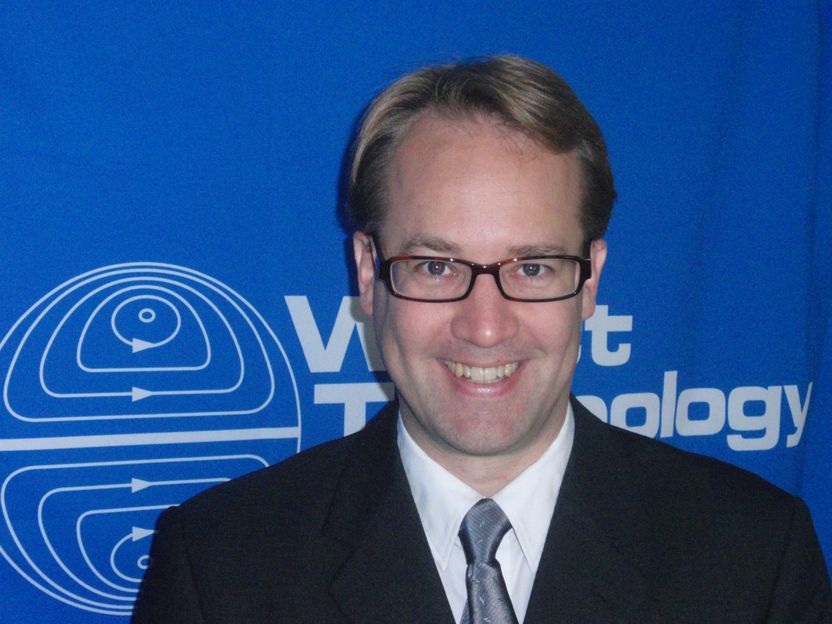
Wyatt Technology Continues Expansion in Europe
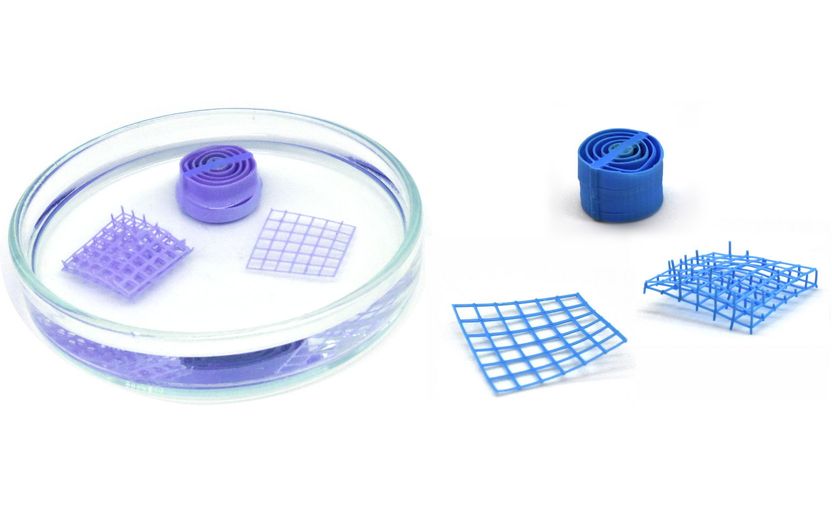
Scientists develop printable water sensor - X-ray investigation reveals functioning of highly versatile copper-based compound

Bulk solids industry cautiously optimistic for 2023 - Manufacturers in the ventilation and process technology sectors are cautiously optimistic about the future after surviving the Corona crisis

The stiffest porous lightweight materials ever
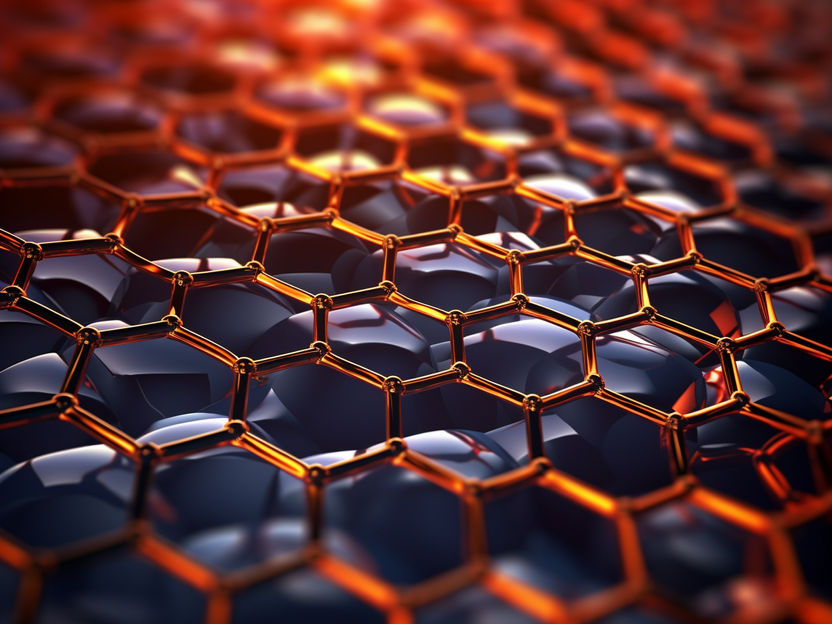
European project investigates sustainability of the material of the future graphene - New characterisation methods to enable an accurate assessment and prediction of the effects on humans and the environment
Celanese Announces Intent to Reduce Production Capacity at Its Lanaken, Belgium, Acetate Tow Plant - Proposal could reduce production capacity at plant by 50 percent

PipePredict GmbH - Darmstadt, Germany

